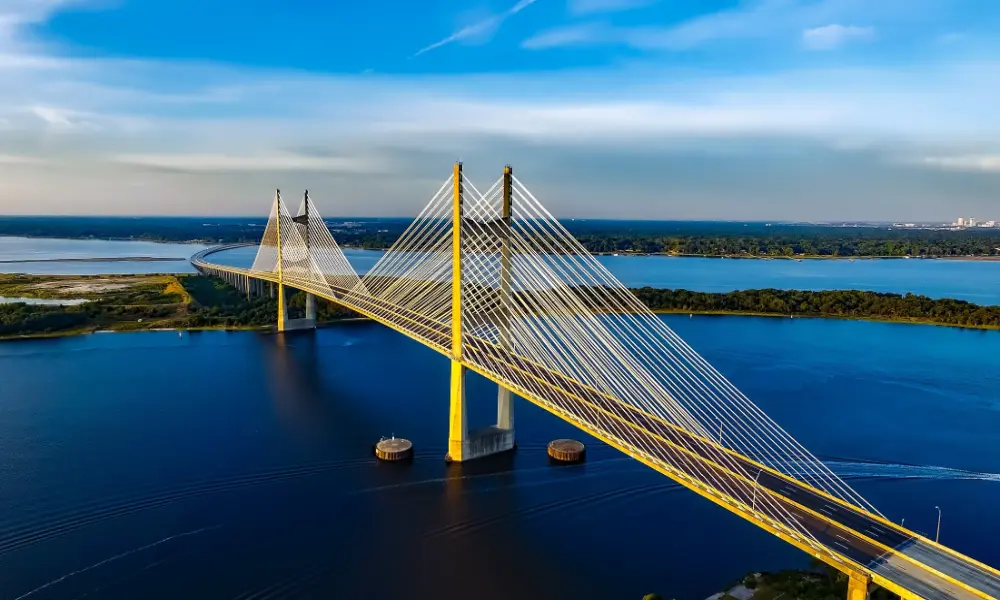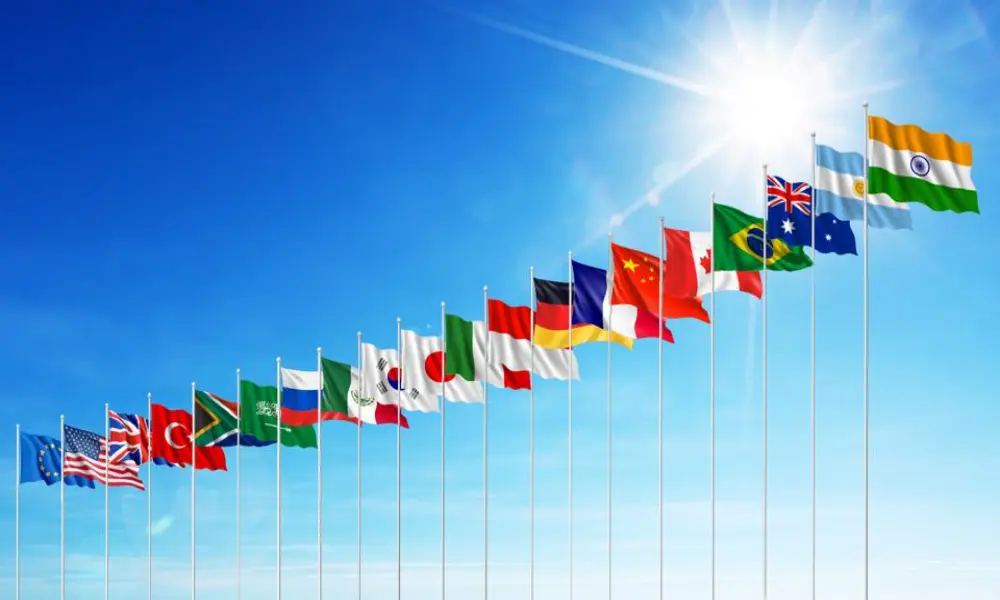A Green Tidal Wave: The Rise of Carbon Pricing in Shipping
As global consensus grows on the need for carbon pricing on emissions as part of measures to decarbonize the commercial shipping industry, the focus is now shifting to how the massive resources generated can be utilized. The World Bank released a detailed report indicating that between $1 trillion and $3.7 trillion could be raised by 2050 through carbon pricing. Depending on the scenario and the level of revenue recycling, the financial institution estimates the average amount of revenues collected would range between $41 billion and $105 billion annually.
Inching Toward Decarbonization: The Shipping Industry’s Agreement
The shipping industry has largely reached an agreement that implementing a carbon levy or tax at a rate of between $75 and $300 per metric tonne of CO2 emissions is a matter of when, not if, while calling for it to be used to fund research and the development of new technologies and fuels for decarbonization. The European Union is leading the way with its Fuel EU initiative but it is widely believed others will follow while pressure grows on the International Maritime Organization to spearhead the pricing of shipping greenhouse gases emissions as part of measures to decarbonize the commercial shipping industry.
The Dark Clouds Looming: The Potential Growth of Carbon Emissions
This comes amidst concerns that unless shipping moves to zero-carbon fuels and innovative technologies to green its energy footprint, carbon emissions have the potential to grow by 90 to 130 percent by 2050, as compared to 2008 levels. Currently, shipping accounts for approximately three percent of global GHG emissions. “At the World Bank, we believe that a smartly designed distribution framework for carbon revenues can deliver on the twin goals of maximizing climate benefits and ensuring an equitable transition for countries, especially for the most vulnerable,” said Rico Salgmann, Transport Consultant at the World Bank.
A Treasure Trove of Opportunities: How to Utilize the Financial Resources
In the “Distributing Carbon Revenues from Shipping” report, the World Bank put forth ideas on how financial resources can be utilized. The ideas focus on decarbonizing shipping, enhancing maritime transport infrastructure and capacity, and supporting broader climate aims. Others include achieving wider development goals, financing the general fiscal budget, and covering administrative and enforcement costs of the market-based measure. On decarbonizing shipping, the report highlights that resources can be directed towards fleet upgrades and renewal, with a focus on zero-carbon engines and propulsion systems, onboard energy efficiency technologies, and research and development.
Paving the Way: From Zero-Carbon Bunker Fuels to Infrastructure Support
Also of critical importance they believe is the need to pursue zero-carbon bunker fuels and infrastructure support, fuel production, storage, distribution, and use, and shore power connection. Studies indicate that significant investments are needed to decarbonize maritime transport, with capital investments of between $1 trillion and $1.9 trillion needed between 2030 and 2050 to reduce GHG emissions by 50 percent or 100 percent by 2050. In the area of enhancing maritime transport infrastructure and capacity, the World Bank says funds can be directed towards port upgrades, adaptation and digitalization, trade and transport facilitation, port-hinterland interface improvements, capacity and skills development, technical cooperation and capacity-building program, and education and training programs.
Climate Change Mitigation: A Focal Point and Equitable Distribution
The report suggests that when it comes to climate change, the focus should be on mitigation, particularly in areas like renewable power generation, storage, and distribution for non-shipping use, resilience, and protection against extreme weather events, coastal erosion, sea level rise, and agricultural damage. Also of importance is the adaptation of agriculture and food systems, and the development of early warning and disaster response systems. The World Bank is also pushing for equitable distribution of the resources, particularly among landlocked, small island, and least-developed nations whose GHG emission contributions are minimal but bear the brunt of climate change.
Effective Utilization: Benefiting Through a Competitive Bidding Process
For effective utilization of the resources, the report focuses on the use of carbon revenues that would be actively managed by a fund through which projects and programs financed would be selected through a competitive bidding process. Under such a process, project proposals are submitted and assessed according to the policies and criteria of the fund, a common approach adopted in climate finance as the process helps in selecting projects and programs that are expected to align more closely with the expectations of the fund.



